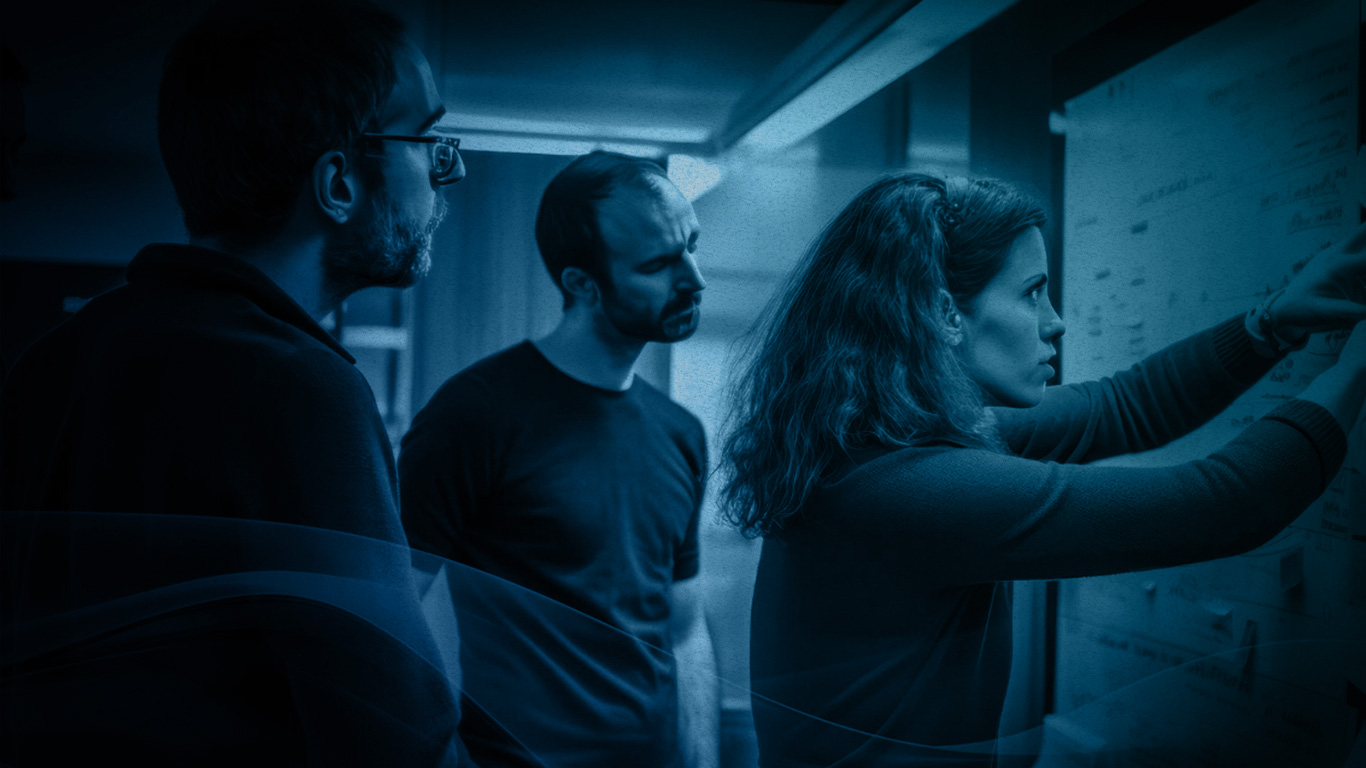

PhD Holder and result-oriented Director with 25 years experience with involvement in all levels of Business Strategy, Sales and Marketing, Managing Project and Product Development. Aside of managing a company, he is also the best corporate trainer and public speaker in seminar and conference.
Dive into the Four Stages of the Scaled Agile Framework (SAFe)
The ability to respond rapidly to change, innovate, and deliver value to customers is paramount for organizations striving to stay ahead of the curve. For enterprises looking to scale agile practices beyond individual teams and projects, the Scaled Agile Framework (SAFe) offers a comprehensive approach. Understanding the four stages of SAFe is essential for organizations embarking on the journey of agile transformation at scale while minimizing the dark side of agile.
Before delving into the four stages of SAFe, it's crucial to grasp the foundational principles and concepts of the framework. SAFe is a knowledge base of proven, integrated principles, practices, and competencies for achieving business agility using Lean, Agile, and DevOps principles. At its core, SAFe emphasizes alignment, collaboration, and delivery across multiple agile teams, enabling organizations to deliver value faster, with higher quality, and greater predictability.
-
Essential SAFe
Essential SAFe serves as the starting point for organizations adopting SAFe. It provides the fundamental building blocks necessary to implement agile practices at scale. At this stage, the focus is on establishing Agile Release Trains (ARTs) – teams of agile teams – dedicated to delivering value on a regular cadence. Key components of Essential SAFe include:
- Agile Teams: Cross-functional teams that work together to deliver value incrementally.
- Program Increment (PI): A timebox during which an Agile Release Train delivers incremental value in the form of working, tested software and systems.
- Release Planning: A collaborative event where teams plan and commit to delivering value in a PI
- Inspect and Adapt: Regular ceremonies held at the end of each PI to review progress, identify impediments, and plan improvements.
Essential SAFe lays the groundwork for scaling agile practices and fosters a culture of continuous improvement and collaboration.
-
Large Solution SAFe:
As organizations mature in their agile journey, they encounter the complexities of developing and delivering large-scale solutions involving multiple Agile Release Trains, suppliers, and stakeholders. Large Solution SAFe addresses these challenges by providing guidance on coordinating and aligning efforts across diverse teams and stakeholders. Key elements of Large Solution SAFe include:
- Solution Train: A group of Agile Release Trains and stakeholders that develop and deliver solutions together.
- Solution Intent: A shared understanding of the comprehensive solution, including its architecture, non-functional requirements, and constraints.
- Solution Demo: A regular event where teams showcase the integrated solution and gather feedback from stakeholders.
- Solution PI Planning: A collaborative event where Agile Release Trains plan and align on the solution vision, roadmap, and features for the upcoming Program Increment.
Large Solution SAFe enables organizations to deliver cohesive, integrated solutions that meet customer needs effectively.
-
Portfolio SAFe:
At the portfolio level, organizations face the challenge of aligning strategy with execution and optimizing investment decisions to maximize business value. Portfolio SAFe provides the framework for connecting strategy to execution by prioritizing and allocating resources to different value streams and initiatives. Key components of Portfolio SAFe include:
- Lean Portfolio Management: A set of principles and practices for implementing Lean and Agile methodologies at the portfolio level.
- Strategic Themes: Long-term objectives that guide the organization's investment decisions and strategic direction.
- Portfolio Vision: A high-level overview of the organization's portfolio strategy and goals.
- Portfolio Kanban: A visual management tool used to visualize, manage, and optimize the flow of portfolio Epics from ideation to implementation.
Portfolio SAFe empowers organizations to make informed investment decisions, aligning their portfolio with strategic objectives and market dynamics.
-
Full SAFe:
Full SAFe represents the pinnacle of SAFe implementation, integrating all levels of the organization, from teams to portfolios. At this stage, organizations achieve true business agility by aligning strategy, execution, and delivery across the entire enterprise. Key features of Full SAFe include:
- Enterprise Solution Delivery: A set of values, principles, and practices that enable organizations to deliver large, complex solutions efficiently and effectively.
- Lean Systems Engineering: Principles and practices for applying Lean and Agile methodologies to systems engineering and hardware development.
- Continuous Learning Culture: A culture of relentless improvement, where teams continuously learn, adapt, and innovate to deliver value to customers.
Full SAFe enables organizations to respond rapidly to market changes, innovate with confidence, and deliver exceptional customer experiences.
Agile Framework Overview
The Scaled Agile Framework (SAFe) benefits a structured approach for organizations to scale agile practices and achieve business agility at scale. By understanding the four stages of SAFe – Essential SAFe, Large Solution SAFe, Portfolio SAFe, and Full SAFe – organizations can navigate the complexities of agile transformation with clarity and purpose, driving sustainable growth and competitive advantage in today's fast-paced business environment.
Reference:
Almeida, F., & Espinheira, E. (2021). Large-scale agile frameworks: a comparative review. Journal of Applied Sciences, Management and Engineering Technology, 2(1), 16-29.
Diebold, P., Schmitt, A., & Theobald, S. (2018, May). Scaling agile: how to select the most appropriate framework. In Proceedings of the 19th international conference on agile software development: companion (pp. 1-4).
Putta, A., Paasivaara, M., & Lassenius, C. (2018). Benefits and challenges of adopting the scaled agile framework (SAFe): preliminary results from a multivocal literature review. In Product-Focused Software Process Improvement: 19th International Conference, PROFES 2018, Wolfsburg, Germany, November 28–30, 2018, Proceedings 19 (pp. 334-351). Springer International Publishing.
Putta, A., Paasivaara, M., & Lassenius, C. (2018, May). Adopting scaled agile framework (SAFe) a multivocal literature review. In Proceedings of the 19th International Conference on Agile Software Development: Companion (pp. 1-4).